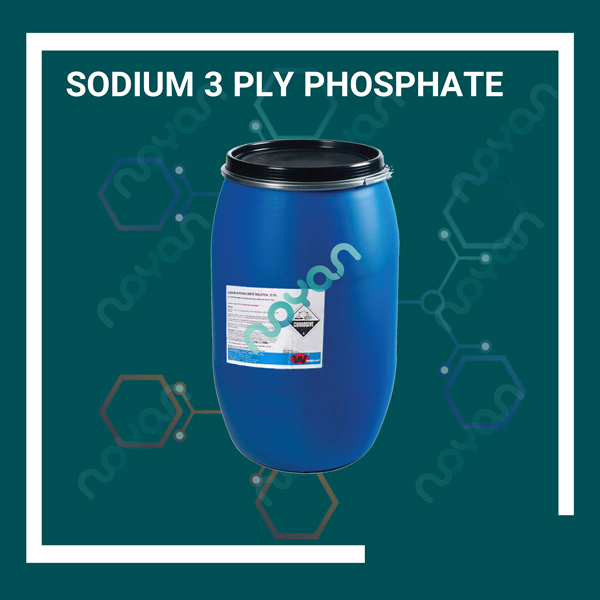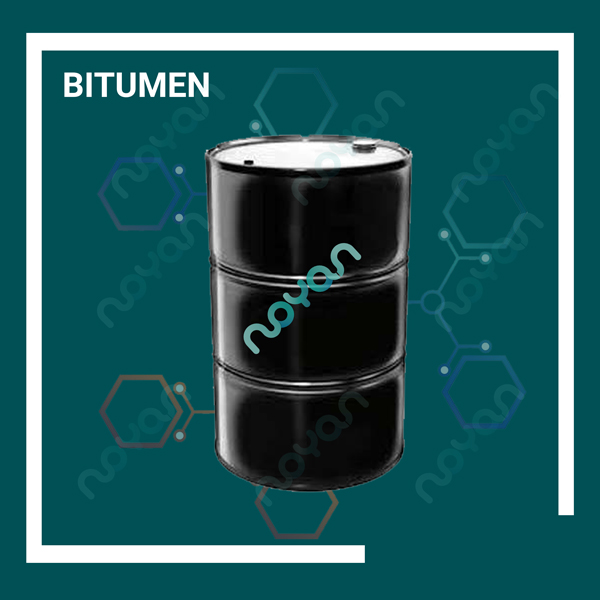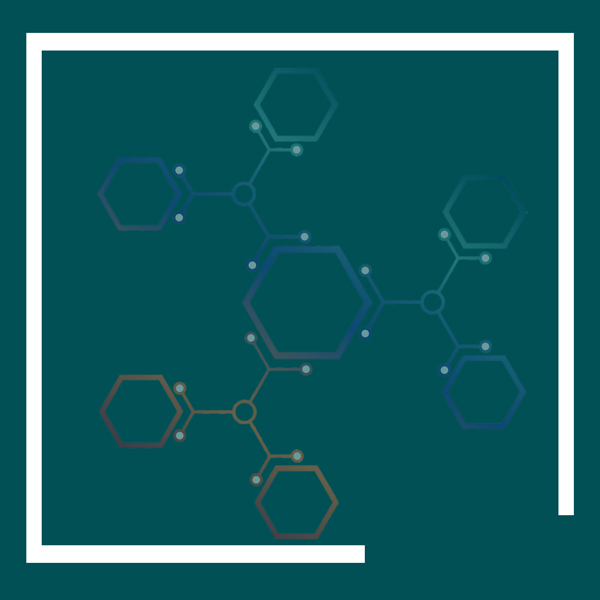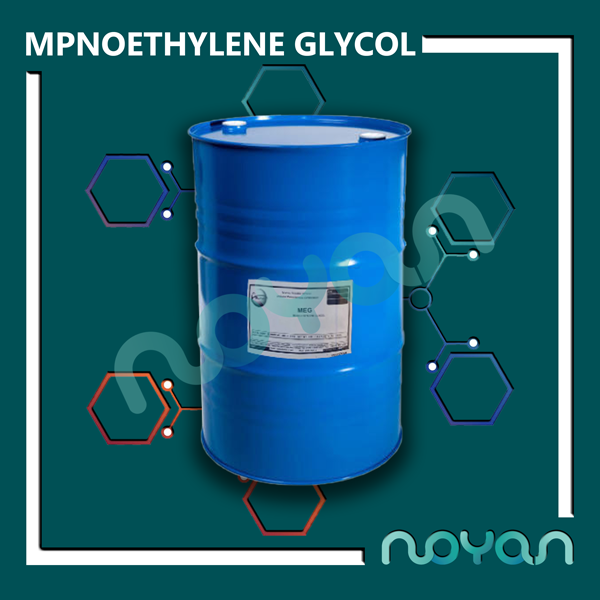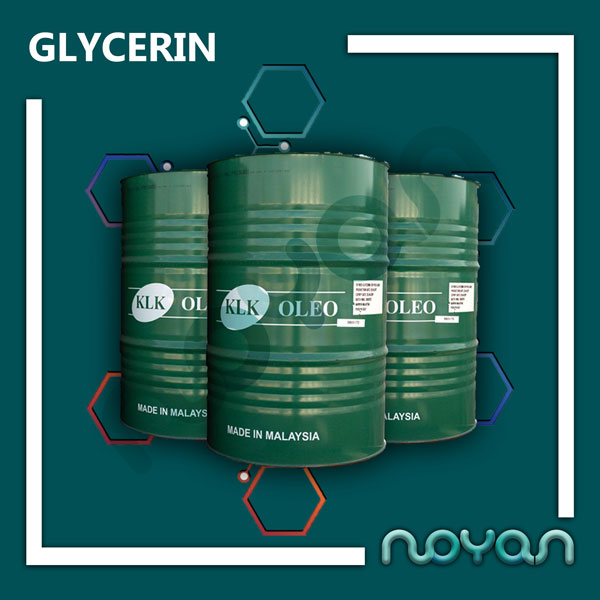Sodium triphosphate or sodium tri poly phosphate STPP or triphosphate is a mineral compound with the chemical formula Na5P3O10. It is a sodium anion of five anions and a base conjugated to triphosphoric acid. As an integral part of many household and industrial products, it is widely produced. STPP has a wide range of applications in the field of detergent products, food preservatives as well as water hardening equipment. It is used in many household and industrial products, especially in cleaners. In the following, we will pay more attention to the properties and applications of this product in daily life and industry. Other names of this substance include the following: • Pentasodium triphosphate – Rhodiaphos LV • Thermphos – Armofos • Polygon – Tripoly – STPP • Applications Some of the important applications of this compound can be seen below: 1- In cleaners STPP is used in the detergent industry as part of commercial cleaners. This product causes more penetration of other elements in detergents to the fibers of clothes and surface cleanliness, and it can be seen in various detergent products. STPP is used in household and industrial detergents, powders, liquids, gels, tablets and.. This substance is an important builder in detergents. In addition, it can maintain the alkalinity of detergents (to remove dirt and grease), protect washing machines from corrosion, help to soil suspension and contamination in washing water and.. The use of this substance in such products is done in four ways: • Effect as a chelate on heavy metal ions: Heavy metals in washing water, including calcium and magnesium, combine detergent molecules to form metal salts. Becomes insoluble. As a result, the washability is reduced or stopped completely. Therefore, it is necessary to use a chelating agent. This chelating agent causes metal ions to become harmless to detergents. Sodium triphosphate is a potent chelating agent for metal ions and can remove them from the washing process. The presence of heavy metals in the stains also prevents the detergent from foaming during the washing process. STPP can foam these soaps and other detergents used by chelating these metals. Impact on hard water STPP is a builder. The builder in the detergent removes the heavy metal ions. Some builders also prevent the formation of calcium and magnesium salts on fabrics after washing. Hard water (water that has a high concentration of + Mg2 + and Ca2 + ions) can reverse the cleansing effect of detergents, and so-called cleaners are deactivated. The reason for this deactivation is that -TTP 5 a It is a highly charged chelating agent that attaches to dications and interferes with their clearance. STPP with heavy metals can form the following insoluble complexes: 2- (CaNaP3O10) 2- (CaP3O10) 4- (MgOHP3O10) 2- (FeP3O10) Ca5 (P3O10) 2 This property of phosphates (including triphosphates) is used to precipitate metal ions in wastewater treatment processes in which phosphates are formed by chemical deposition (iron salts or Aluminum and…) are lost. • Emulsion effect, cleaning and dispersing: Dirt and stains generally include proteins, fats, dust and dirt. STPP increases the solubility of proteins, emulsifying fats And dispersion of solids.This substance can also be used to adjust the pH of the buffer of liquid soaps used. • Anti-cake: Hygroscopic detergent powders (absorb moisture from the air) And when stored in humid environments, the powders stick together and become pellet-like. By absorbing water by sodium triphosphate, its hydrated form, hexahydrate, is formed. To prevent powders from sticking together and keeping them dry in the long run, STPP is used. • pH: This material has an alkaline buffer pH of about 9.4, which can easily destroy acid stains. Used in all types of detergents, especially industrial detergents, dishwasher detergents and washing machines. Which products contain STPP? Known as the main ingredient in detergents and soaps, it is mostly found in the form of gels, liquids, molds and powders in washing machines and dishwashers. The main function is as an active reactive agent, and these active molecules dissolve surface pus. This product can also prevent dirt and grime from remaining on the surface to be cleaned. Many general purpose household cleaning products, such as surface cleaners and cosmetic cleaners, contain STTP. It may also be used in the preparation of toothpaste, depending on the cleaning action. In Europe, about 90 to 95% of STPP consumption for household use is estimated due to the use of this substance in detergents. How is the hydrolysis of this substance? Sodium tripolyphosphate is hydrolyzed in the presence of water and converted to phosphorus species (mainly orthophosphate). In addition, depending on the presence of cationic ions, triphosphate can precipitate in the form of calcium, magnesium or other insoluble species. As a result, this substance does not enter the environment as the same raw material. For example, some STPP hydrolysis occurs when used in washing machine detergents. Analysis of washing machine output showed that at least 20% of STPP hydraulic
